Huawei has gone from strength to strength in the smartphone segment over the last two years. The P10 and Mate 10 ushered in key changes from both a hardware and software standpoint, and Huawei improved on that formula with last year's P20 and Mate 20 series, offering two of the best phones of 2018.
2019 hasn't been different in that regard: the P30 Pro builds on the P20 Pro and delivers an even more enticing gradient pattern, and an all-new zoom lens that does 5x lossless zoom. There's also a smaller cutout, a 7nm Kirin 980 chipset under the hood, larger 4200mAh battery with 40W wired charging and 15W wireless charging.
Huawei's momentum in this category, however, has hit a wall thanks to the U.S. trade ban. The manufacturer is effectively being used as leverage in trade negotiations, and there's no telling when things will go back to normal for Huawei. Well, as normal as it can get in this politically charged climate with tensions between the U.S. and China at a breaking point.
For now, I'm going to focus solely on the device, because after using the P30 Pro for three months, I'm convinced that it is the best phone on the market today.
Huawei P30 Pro What's held up

Let's start off with the design, because the P30 Pro has one of the best gradient patterns available today. The shift in colors isn't as pronounced as some of the other devices I've used this year, but it is stunning nonetheless. The Breathing Crystal color option is downright gorgeous, and it just looks more premium than any other device in the market today.
The overall design aesthetic is more in line with the Mate 20 Pro, but the screen is taller and narrower: it's as if Huawei took a rolling pin to the Mate 20 Pro to stretch out the panel. There are symmetric curves at the front and back where the glass panels meet the mid-frame, and the narrower screen makes it easier to use the phone one-handed.
There's a small waterdrop cutout at the front that houses the camera module, with Huawei getting rid of the IR sensor for secure facial recognition. The phone also lacks an earpiece, and you instead get Acoustic Display Technology that relies on electromagnetic sound levitation to project sound using the screen. After three months' worth of calls, I can confidently say that the feature works just as well as a regular earpiece. There's a single speaker at the bottom, and it is impressively loud and detailed.
Get the latest news from Android Central, your trusted companion in the world of Android
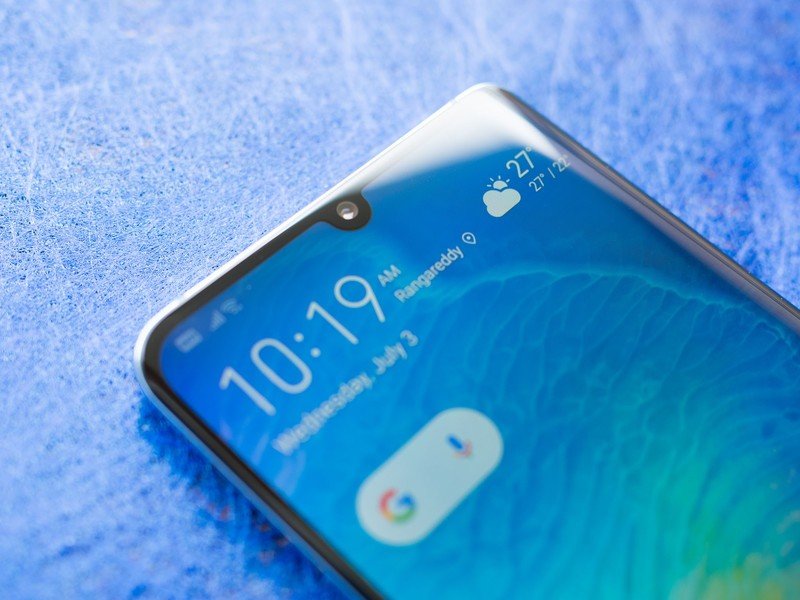

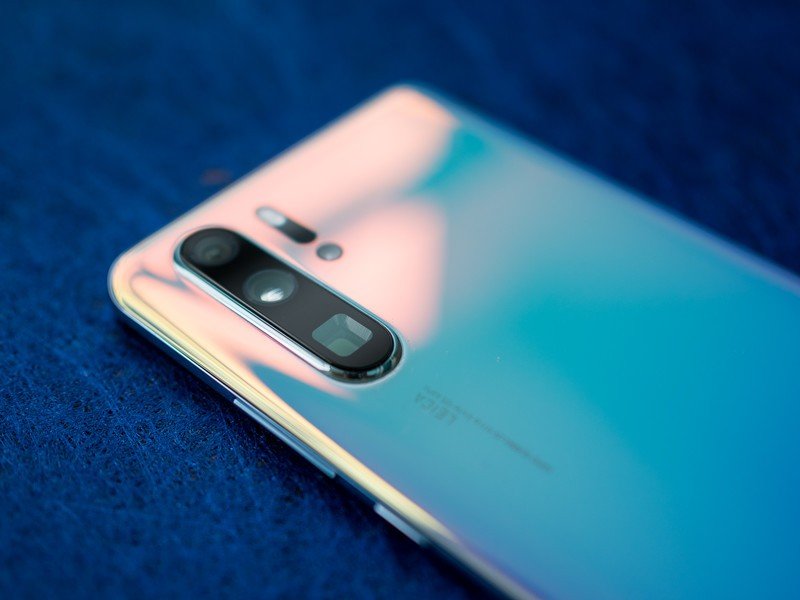



Dominating the front is a 6.47-inch OLED panel that is fantastic. It's a FHD+ display and not QHD+ like the Pixel 3 XL or the Galaxy S10+, and while it isn't quite as good as Samsung's exquisite AMOLED display on the S10+, it comes a close second. Color accuracy is spot-on, and sunlight visibility is excellent — I had no issues using the screen under intense sunlight. And a knock-on effect of using a FHD+ screen is improved battery life, an area where the P30 Pro already excels.
EMUI finally feels stable and refined, a welcome change for Huawei.
Coming to the hardware side of things, the P30 Pro uses the same Kirin 980 platform as the Mate 20 Pro. Huawei was the first to roll out a chipset on the 7nm node, and the Kirin 980 is just as fast as the Snapdragon 855. The hardware itself is rock-solid, and I haven't had any issues on this front in the three months I used the phone. Wi-Fi and cellular signal quality was excellent, and there really wasn't any instance where the P30 Pro felt like it was being bogged down.
That said, it is the software that has taken me by surprise. For the first time on a Huawei phone, I haven't encountered any issues with EMUI, and that is a welcome change indeed. EMUI is much more polished, and the fact that it has an app drawer means there's no need to install a custom launcher on the device. Push notifications don't pose any problems anymore, the in-screen fingerprint sensor is perfectly serviceable — as well as face unlock — and in general EMUI feels much more refined and stable compared to previous years.

Battery life has been a strong point for Huawei for some years now, and the P30 Pro is no different. The phone delivers the best battery life of any "true" flagship in the market today, easily outmatching the Galaxy S10+ and Pixel 3 XL. The 4200mAh unit easily delivers two days' worth of use consistently, and the 40W wired charging is also better than what Google and Samsung manage.
Right now, there's no other phone that offers the same combination of camera prowess and battery life.
There's also 15W wireless charging, and like the Mate 20 Pro, the P30 Pro charges other devices wirelessly. I didn't use the reverse wireless charging all that much, but fast wireless charging is a welcome addition. The 40W wired charger takes just over an hour to fully charge the battery, and combine that with the already-stellar battery life and you get a remarkable device.
I've traveled a whole lot over the course of the last month, and it was great to use a phone with a fantastic camera backed by great battery life. The P30 Pro's camera is just as good as the Pixel 3 (as you shall see below) and the Galaxy S10+, but the fact that you can use it for far longer than Google or Samsung's flagships makes all the difference.

The P30 Pro has an interesting camera arrangement at the back, with three main sensors joined by a time-of-flight module. The primary 40MP module is joined by a 20MP wide-angle lens and an 8MP zoom lens with 5x optical zoom and 10x hybrid zoom. The zoom module in particular is very interesting as it uses a periscope lens that sits inside the chassis, with a mirror reflecting light from a 90-degree angle.
While the zoom lens is the marquee new feature, the 40MP sensor has also been reconfigured: it now uses a RYYB color filter — instead of the standard RGB — to allow more light intake and cut down on the size. The result is much better low-light shots, with the P30 Pro consistently outmatching the Pixel 3 XL in this regard.


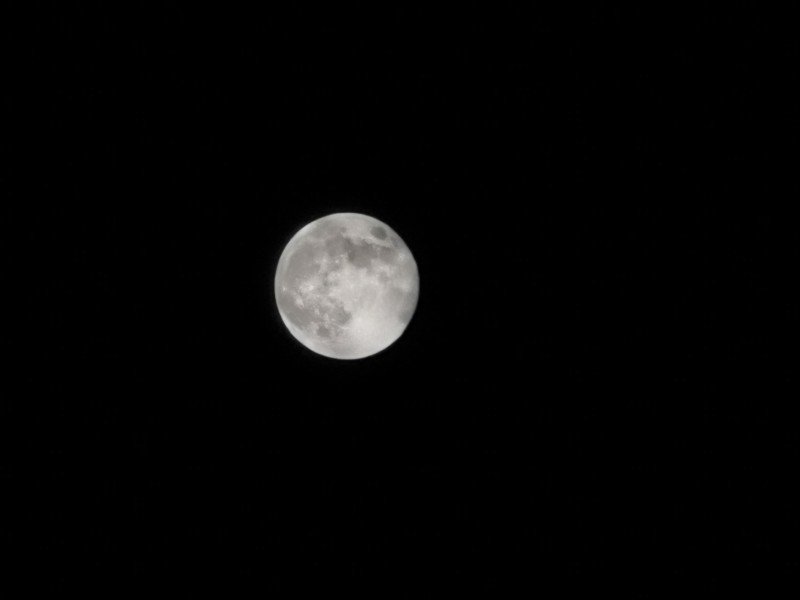
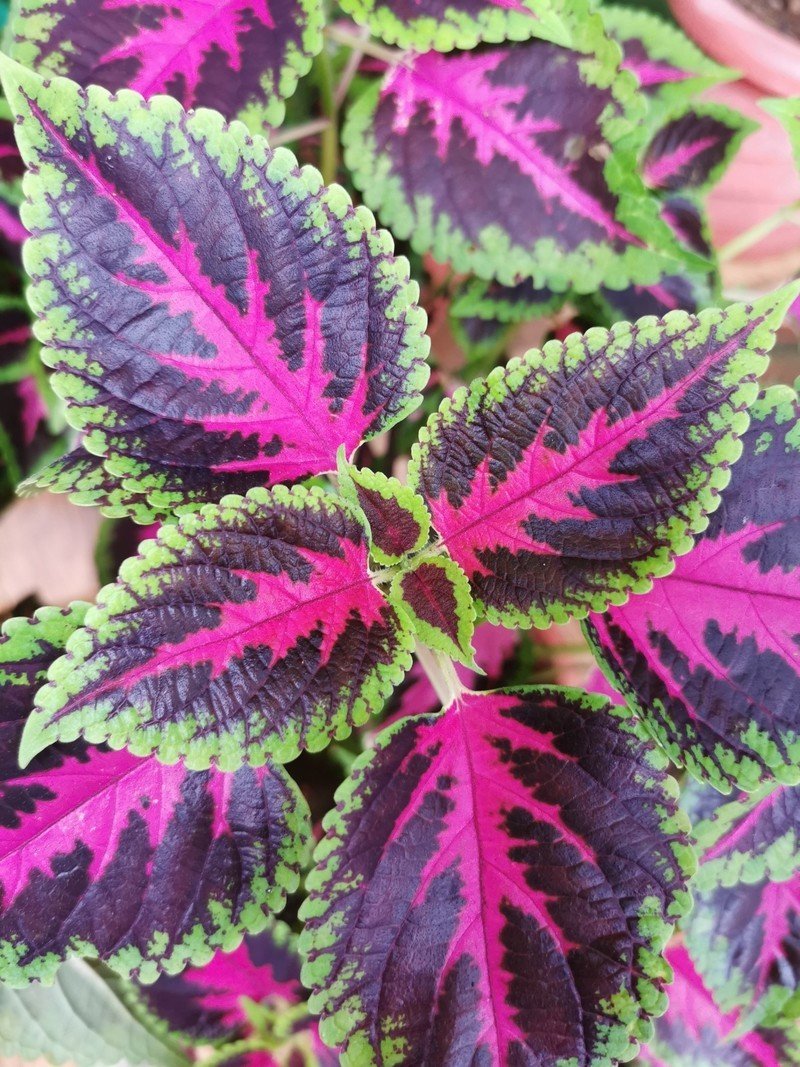

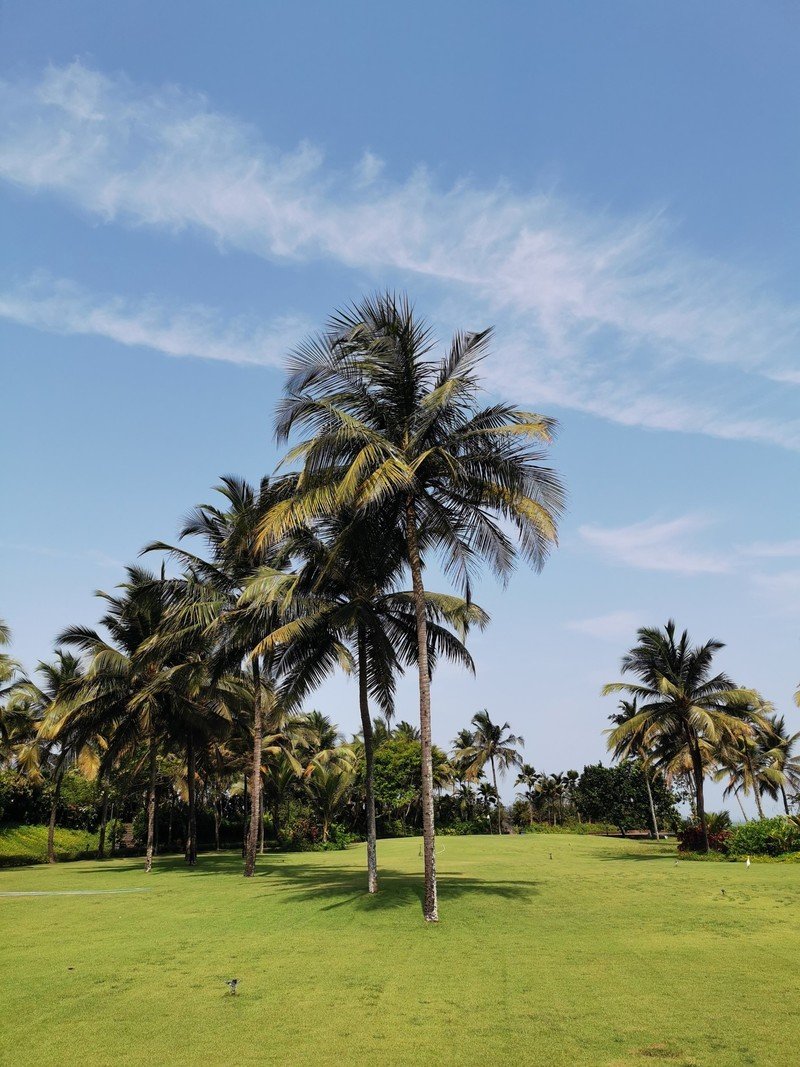






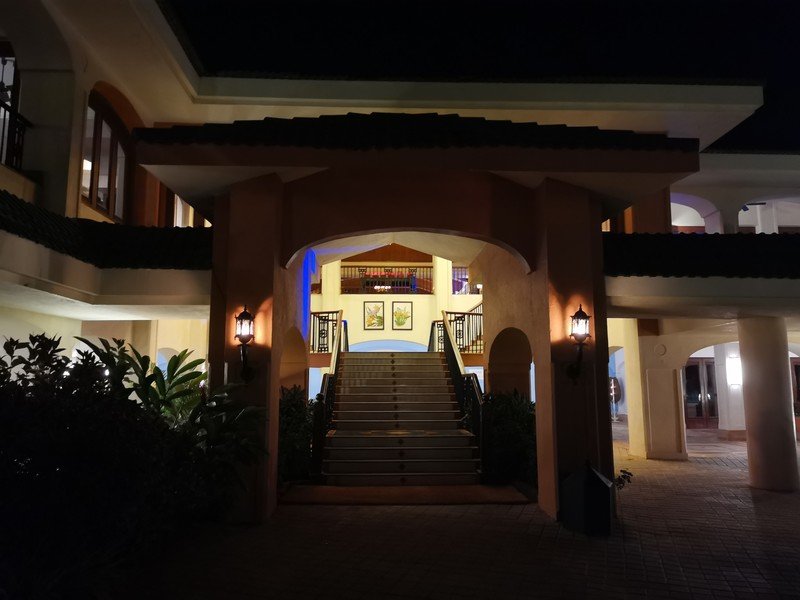






With Huawei putting such a key focus on the camera, it's obvious that the phone can take great shots in all lighting conditions. But the fact that I was able to take photos of a full moon at 25x zoom and get usable shots is incredible. No other phone today is capable of doing that. The P30 Pro absolutely delivers in low-light as well, with images coming out full of detail.
Huawei P30 Pro What hasn't aged well

As good as the P30 Pro is in a lot of areas, there are a few issues. The first is the front camera: the P30 Pro just isn't as good as the Pixel 3 XL in this regard. Of course, the Pixel 3 XL has two cameras up front and uses Google's computational photography chops to deliver great shots, but considering just how good the P30 Pro is in other areas, the selfie camera could've been better.
The Pixel 3 XL still takes better selfies.
Then there's the fact that the phone has a single speaker. Again, I'm going to use the Pixel 3 XL as the benchmark because of just how good stereo sound is on that device.
Finally, Huawei's continuing troubles with the U.S. government mean there's a nagging worry around software updates. For its part, Huawei has committed to delivering timely platform and security updates to the device, and it is possible the trade ban will be revoked sooner rather than later.
Huawei P30 Pro Three months later

Three months after I started using the P30 Pro, I'm still blown away by how good this device is. I switched between a few phones in that time, but I keep coming back to the P30 Pro just because of that camera at the back. It just does a great job in any lighting condition, and while it may not be quite as consistent as the Pixel 3 XL, it does a better job in low-light conditions, and there are more sensors at the back.
The zoom lens in particular is the standout addition for me: I ended up taking a lot of photos on vacation at 5x and even 10x zoom, and I consistently got usable shots. I know batteries aren't exciting, but when you get a 4200mAh battery that delivers two days' worth of use even when you're on the road, it's a pretty big deal. To put things into context, the Pixel 3 XL routinely ran out of battery at the 6pm mark although it didn't have a SIM card, while the P30 Pro never fell below 20% at the end of the day. And the fact that you get a day's worth of usage after charging for just 15 minutes is a game-changer.
Make no mistake: the Pixel 3 XL and Galaxy S10+ are fantastic devices in their own right. They're just not as good as the P30 Pro. For that reason, it is going to be my daily driver until I find another that delivers the same combination of camera and battery life. It may be a long wait.

The best phone you will use in 2019.
With an exquisite design backed by one of the best cameras you'll find today, the P30 Pro is a stellar phone in 2019. The primary 40MP camera takes outstanding photos, but it's the zoom lens that makes the phone particularly enticing: there's no other devices that takes such detailed photos at 5x zoom. EMUI is no longer a limiting factor, the battery life is outstanding, and the hardware is top-notch. Put it all together and you get a knockout phone.

Harish Jonnalagadda is Android Central's Senior Editor overseeing mobile coverage. In his current role, he leads the site's coverage of Chinese phone brands, networking products, and AV gear. He has been testing phones for over a decade, and has extensive experience in mobile hardware and the global semiconductor industry. Contact him on Twitter at @chunkynerd.

